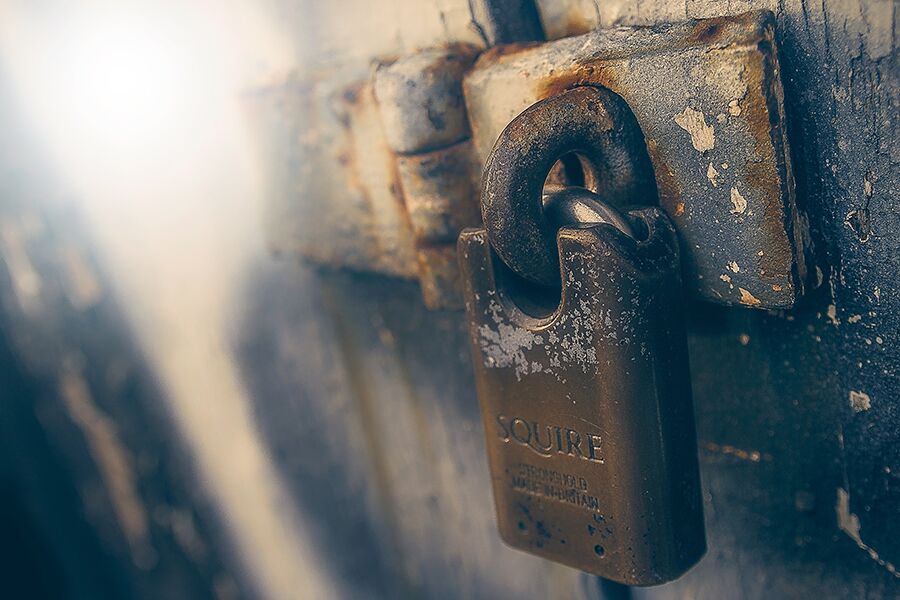As most of us know from first-hand experience – particularly anybody whose job involves a large deal of travelling – conference calling has become a firmly grounded practice in the professional world, frequently showcasing its ability to replace meetings, make remote staff a possibility and help reduce a company’s carbon footprint. However, one issue which doesn’t appear to have caught up with the growth of this practice is the establishment of its security.
Many people take risks on conference calls that they simply would not in real life, or otherwise don’t think about the increased possibility of security breaches that can come with using technology to communicate. The fact is, anybody is at risk who doesn’t take the necessary security measures – even the FBI’s teleconference with Scotland Yard was listened to by a hacker. And you don’t need high-tech equipment or specialist knowledge to grant access to a virtual meeting you weren’t invited to: in this case, the hacker had simply reached an email containing the dial-in details and gotten through to the call.
Clearly, we need to do all we can to protect our phone meetings, particularly if they involve the disclosure of any sensitive or confidential information. There are many simple, easy steps that you can take to increase the security of your conference call – and here are five that you can start with.
- KEEP ACCESS DETAILS SAFE: You have to make sure that your conference room number and personal, secure PIN don’t fall into the wrong hands. Try to keep these details password protected; don’t scribble them on a piece of paper you then leave lying around, or post them up on a bulletin board which anybody could see. If the call is particularly confidential, you might want to consider encrypting email invitations you send out, or even using a Secure Sockets Layer Certificate. Don’t pass the details on over the phone via secretaries or assistants either, make sure they are kept exclusively between the people you want to participate in the call.
- DON’T HAVE BACK TO BACK TELEPHONE CONFERENCES: If you schedule two separate virtual meetings, with two separate groups of people, but within the same conference call room and one right after the other, you are creating a recipe for security disaster. It would be only too easy for participants from the first call to stay on the line too long, or for participants from the second call to dial in early – even if by mistake! You should aim to keep your conference rooms separate for specific purposes, or you are putting your meetings’, and consequently your company’s, security at risk.
- DON’T REUSE CONFERENCE CALL ROOMS: An extension of the second point is the ideal of not using the same conference call room more than once full stop. Of course, for many this is impractical, but there are ways to get around the difficulties and expenses this can incur. If you use a conference call bridge like WHYPAY?, whose teleconferencing service is genuinely free to use of, making a new conference call for each meeting doesn’t have to cost you or your participants a penny. What’s more, with this service making a new conference call can be done at the push of a button – literally. Just visit WHYPAY?’s homepage, hit the Big Green Button, and your brand new, personal conference call room will be created. Your conference room number and secure access PIN will be generated, and it is then up to you whom you trust with them. If you reuse conference call rooms, people who are no longer involved or invited can easily keep dialling into each of your conference calls without having to hack anything, and very possibly without your knowledge.
- USE THE SERVICES ON OFFER: Most conference call bridges offer additional services which can increase your teleconference’s security (and some, like WHYPAY?, even do this completely free of charge). For example, you should also switch on announcement services which will alert you every time somebody new joins the call. That way, you can have no doubt about who is actually on the line at one time – something a great deal of people aren’t really confident about. Another great service is the conference call recording function, which can increase your call’s security by providing you with clear evidence of what was said by whom, in case of any potential complications further down the line. This, combined with the announcements service, will allow you to check who was on each call that was made, if any issues should arise.
- TRY TO KEEP THE NUMBER OF PARTICIPANTS LOW: Even if you trust everybody you are inviting, the larger the number of people to whom you pass the access details, the larger the chance of them mistakenly falling into the wrong hands. Moreover, it means more people could also keep dialling into calls in the future, even when they are no longer invited. It also makes it trickier to keep track of who is actually participating in the call at any given time. It can be difficult to gauge the amount of people that’s right for a call, and sometimes you do need to contact a large group. But if you are joining these all together to save time or money, it’s probably not worth the risk. Aim to schedule separate, possibly shorter and definitely smaller, conference calls instead, to help guarantee your voice meetings’ security.




